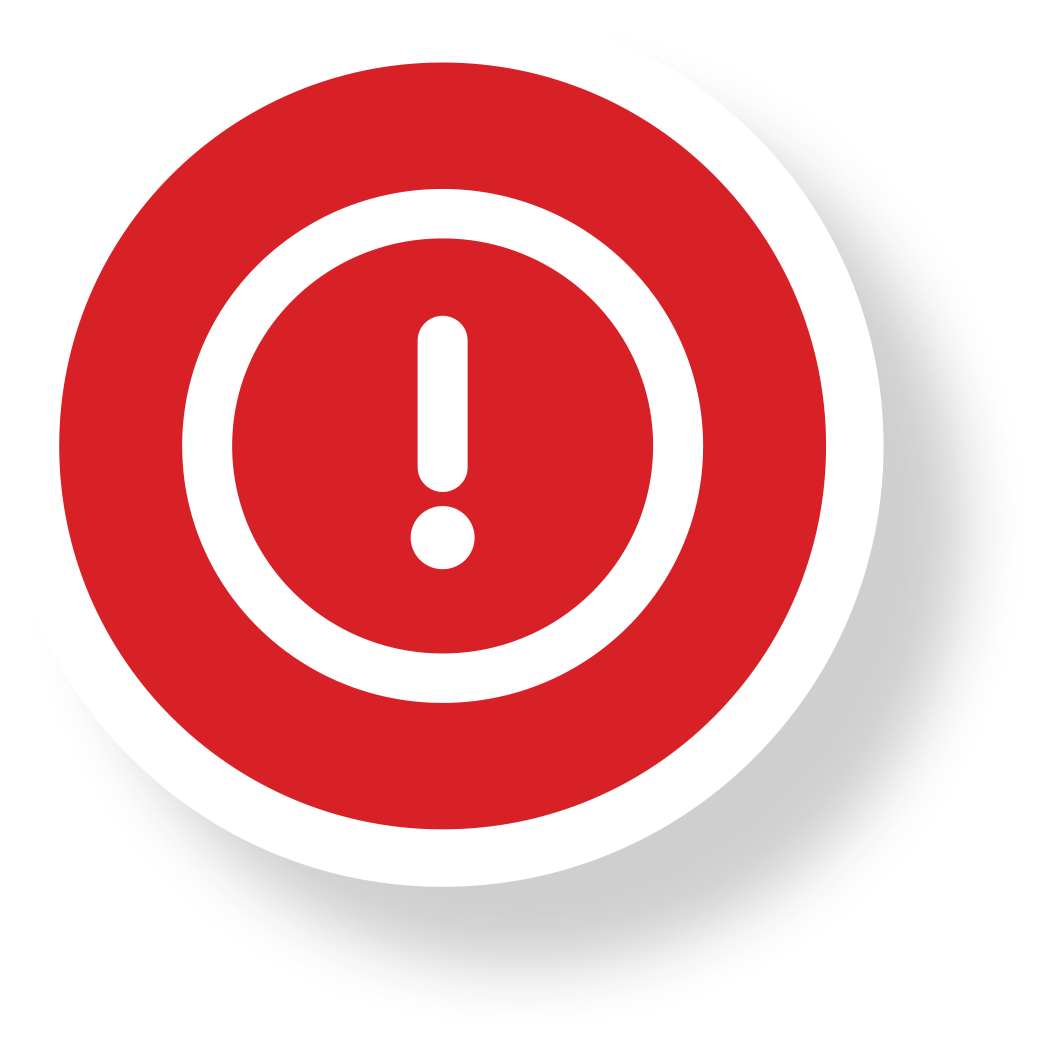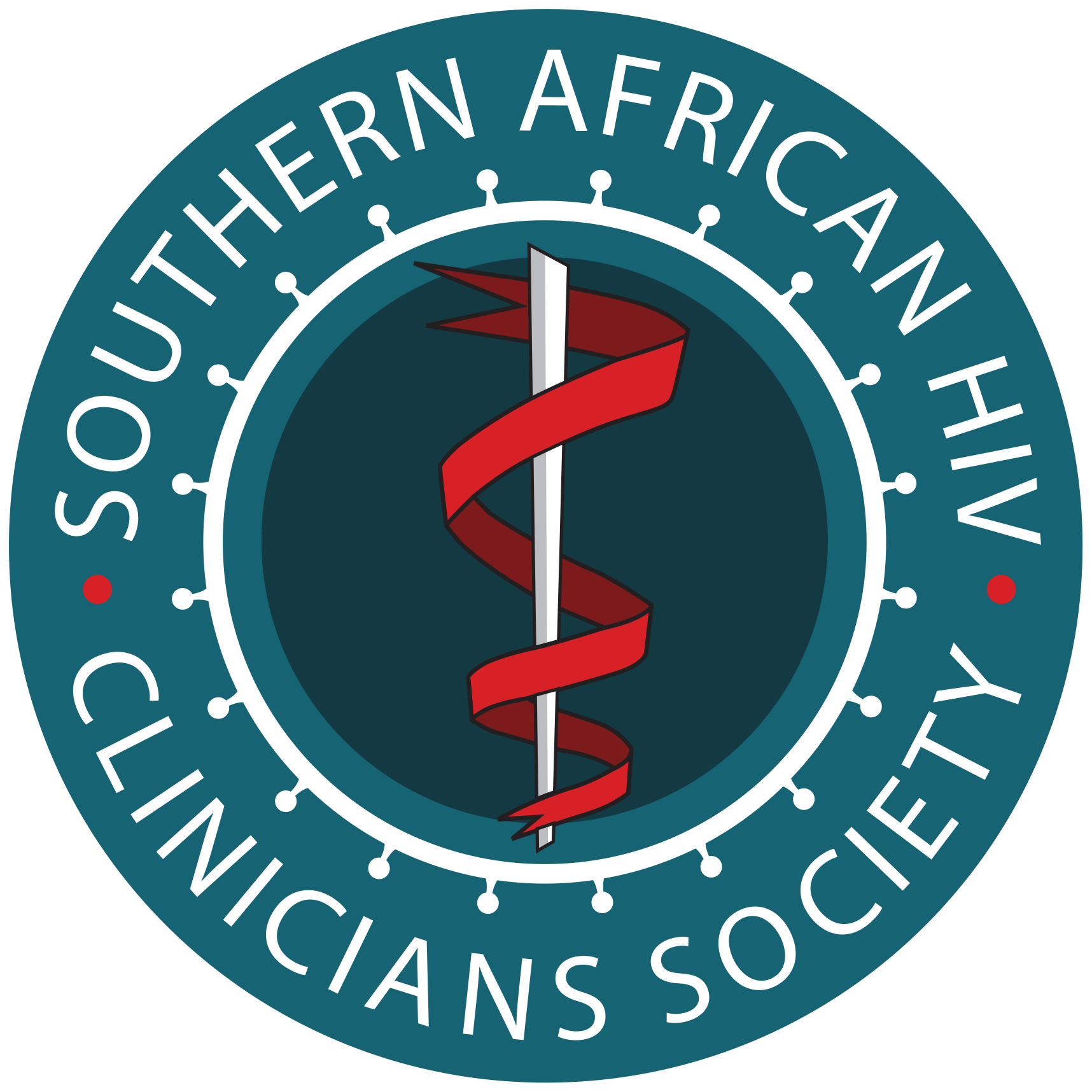ART Guidelines
References

 Key points
Key points - Common mental disorders (CMDs), including depression, anxiety and substance use disorders are highly prevalent in people with HIV (PWH).
- CMDs are often undiagnosed or undertreated in HIV-positive individuals due to patient and staff stigma and low mental health literacy. Untreated CMDs may undermine adherence and contribute to loss to follow up.
- HIV clinicians should be familiar with tools used for screening of CMDs and be able to treat (using psychotropic medication or counselling) or refer appropriately.
- DTG may cause insomnia, headache and neuropsychiatric side-effects, including suicidality.
- Consider avoiding EFV- and RPV- based regimens in patients with a psychiatric illness as these drugs can exacerbate psychiatric symptoms and may be associated with suicidality.
Mental or psychiatric disorders (including severe mental illness and common mental disorders) are associated with lower or non-adherence to ART, leading to challenges in care engagement and poorer HIV treatment outcomes. There is a higher prevalence of depression in HIV-positive individuals, with a reported range of 20–40% vs. 10% in the general population. 117 Substance and alcohol use disorders are also highly prevalent, as is traumatic stress, often in the context of gender based violence.
Despite the high mental disorder prevalence and their impact on outcomes, a significant treatment gap remains with up to 75% of PLWH not receiving adequate diagnosis or treatment. Factors include stigma towards PLWH with a co-morbid mental disorder, and reluctance on the part of clinicians to engage with patients on what might be perceived to be time-consuming or specialised interviews.
The most prevalent conditions, including depression, the anxiety disorders and substance abuse can be readily diagnosed with semi-structured clinical interviews, or validated brief instruments, such as the PHQ-2 or PHQ9, the GAD-7, the K-10, and the AUDIT (for alcohol use disorder). 118- 121 All have been validated in South African HIV care settings and clinicians should familiarise themselves with these tools, and refer to local guidelines as required. Suicidality remains a common concern, and may require additional assessment.
DTG may cause insomnia, headache and neuropsychiatric side-effects. EFV frequently causes neuropsychiatric effects in the first few weeks of therapy, typically presenting with insomnia, vivid dreams and dizziness. Both dysphoria and euphoria may occur. The majority of patients who experience neuropsychiatric features of EFV do so within the first 2–6 weeks, and thereafter the drug is better tolerated. Late neurological syndromes, including ataxia, are however described (see module 4 ). Recent data suggest that EFV significantly impairs cognition compared to DTG. 122, 123 Psychosis may occasionally occur.
Clinicians in primary care should be familiar with first-line anti-depressant prescribing, the details of which are beyond the scope of these guidelines. Fluoxetine is safe and effective, as is citalopram. Basic counselling including problem-solving approaches and motivational interviewing are increasingly being taught to counsellors and nurses in HIV care. Referral to registered counsellors and psychologists can be used when first-line care fails.

- Not screening for common mental health conditions such as depression and anxiety in patients initiating ART.
- Unnecessarily delaying ART initiation while providing first line mental health care in patients with psychiatric disorders.
- Not warning patients starting ART about potential neuropsychiatric symptoms. Patients must be informed about potential side-effects.
